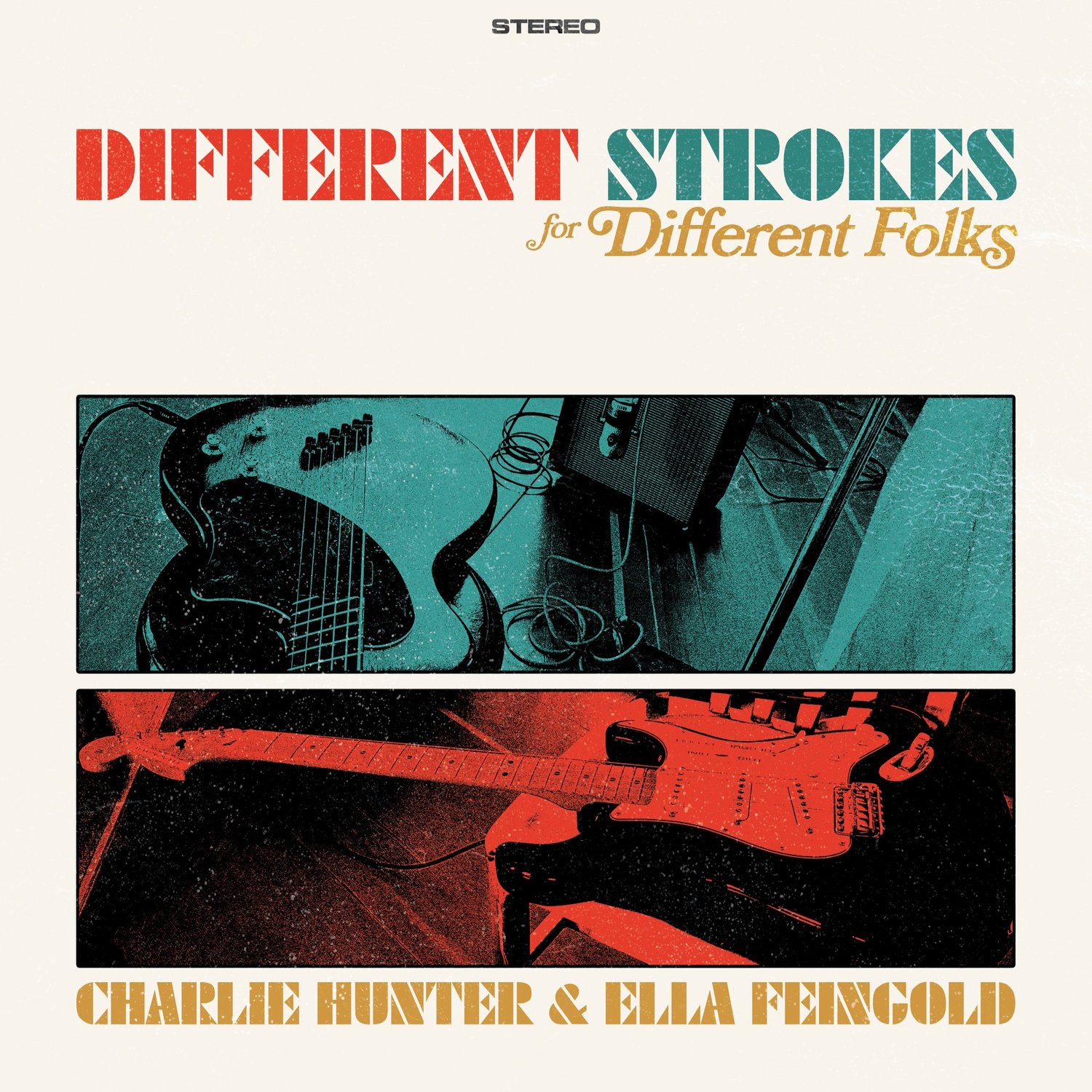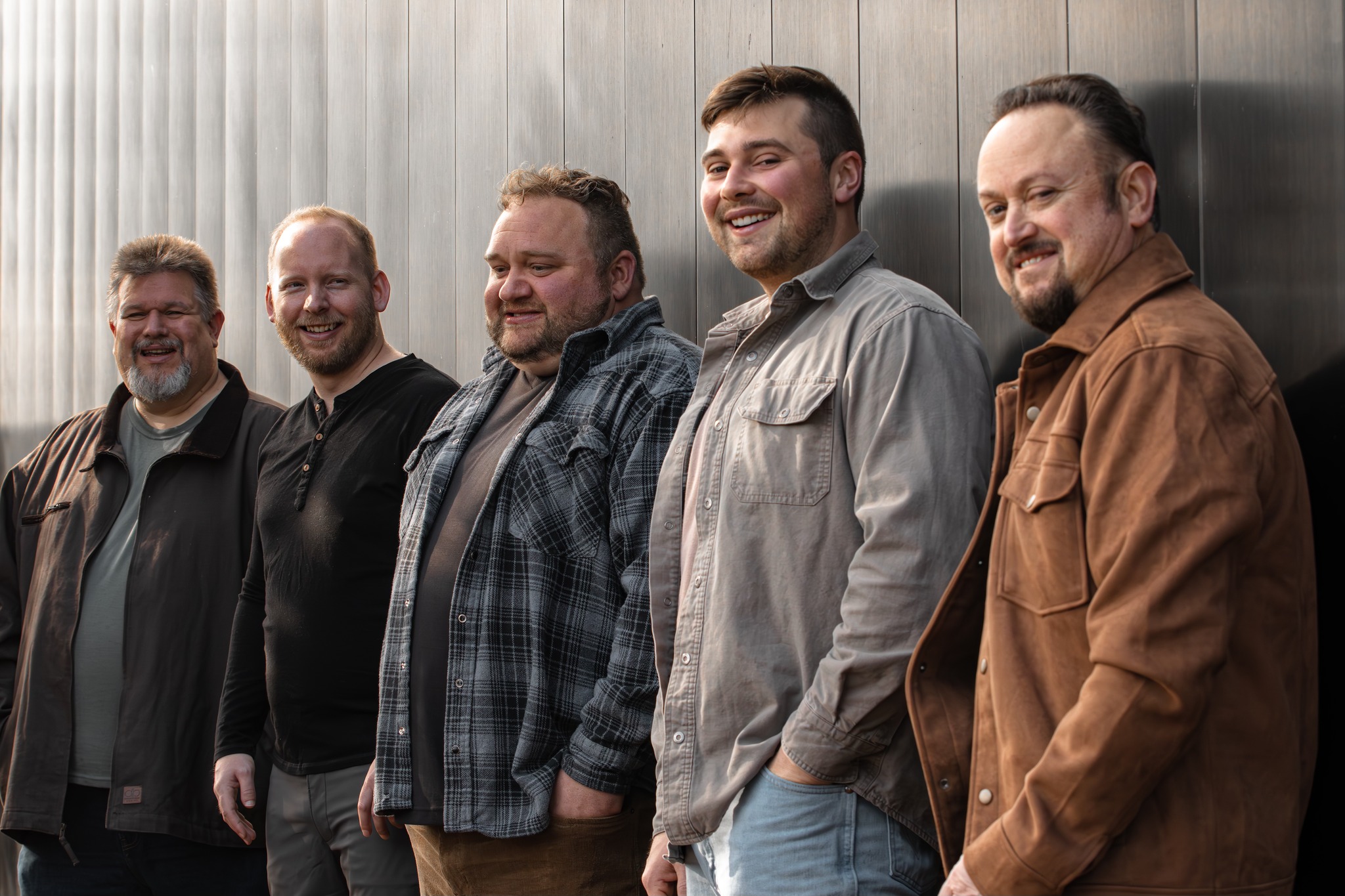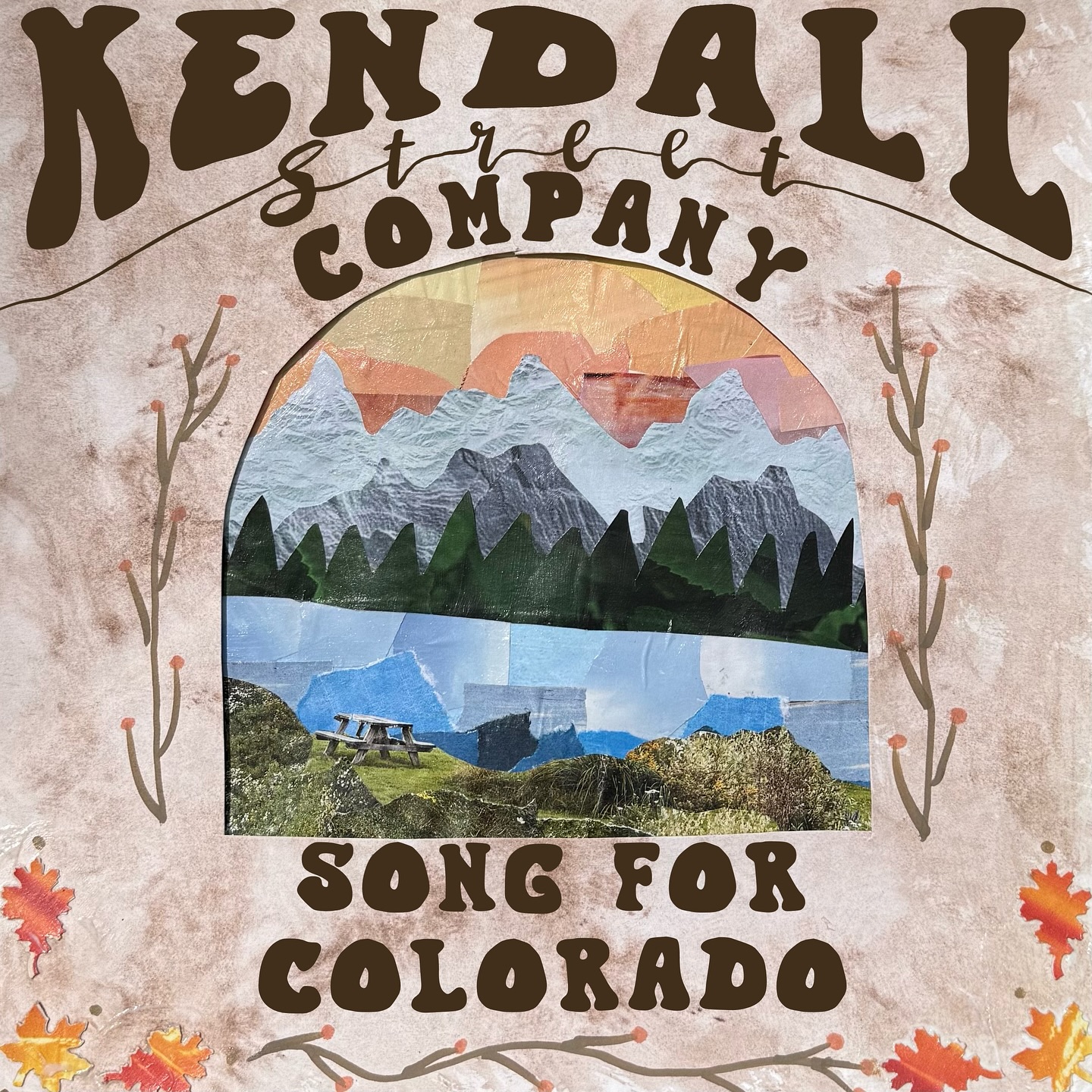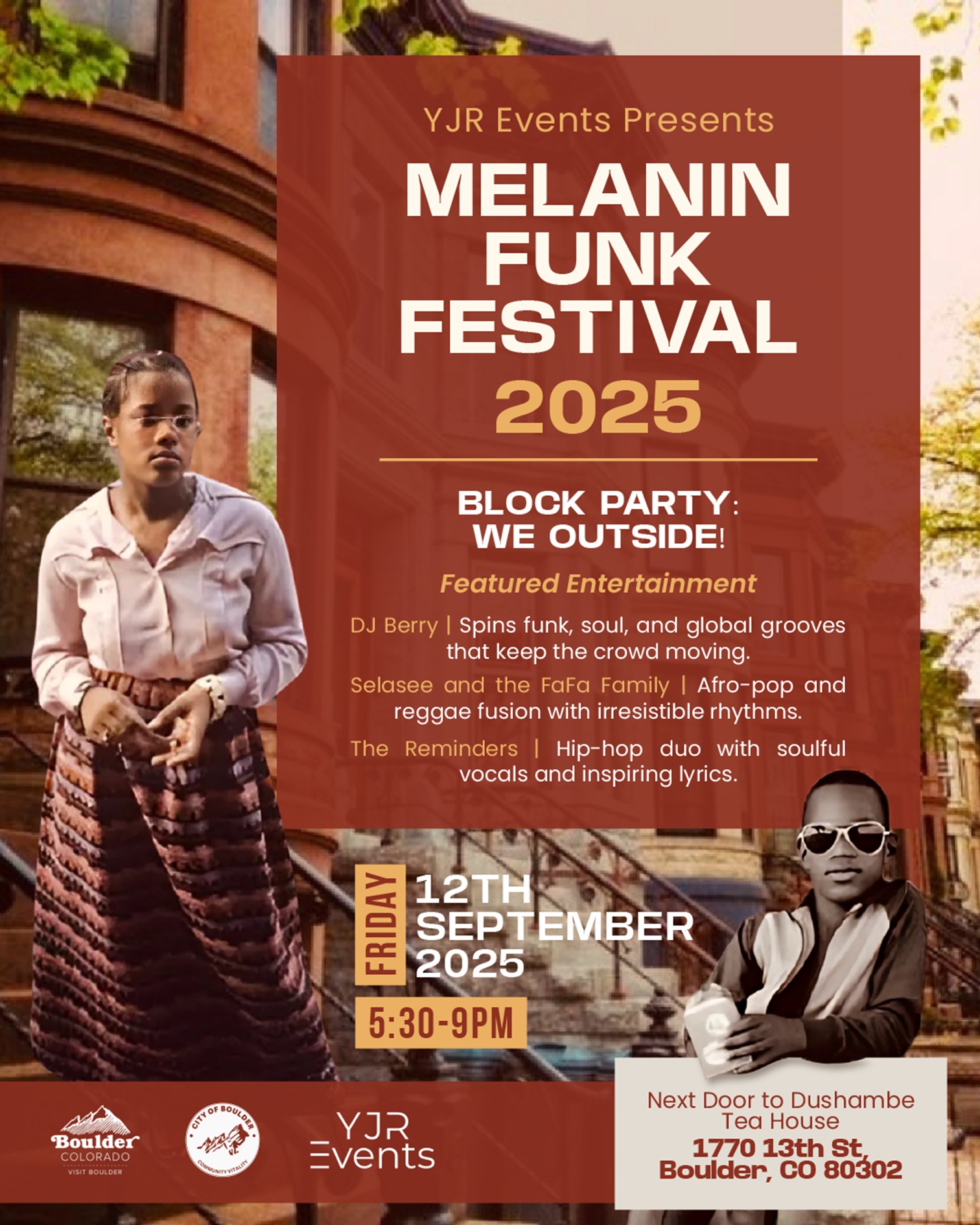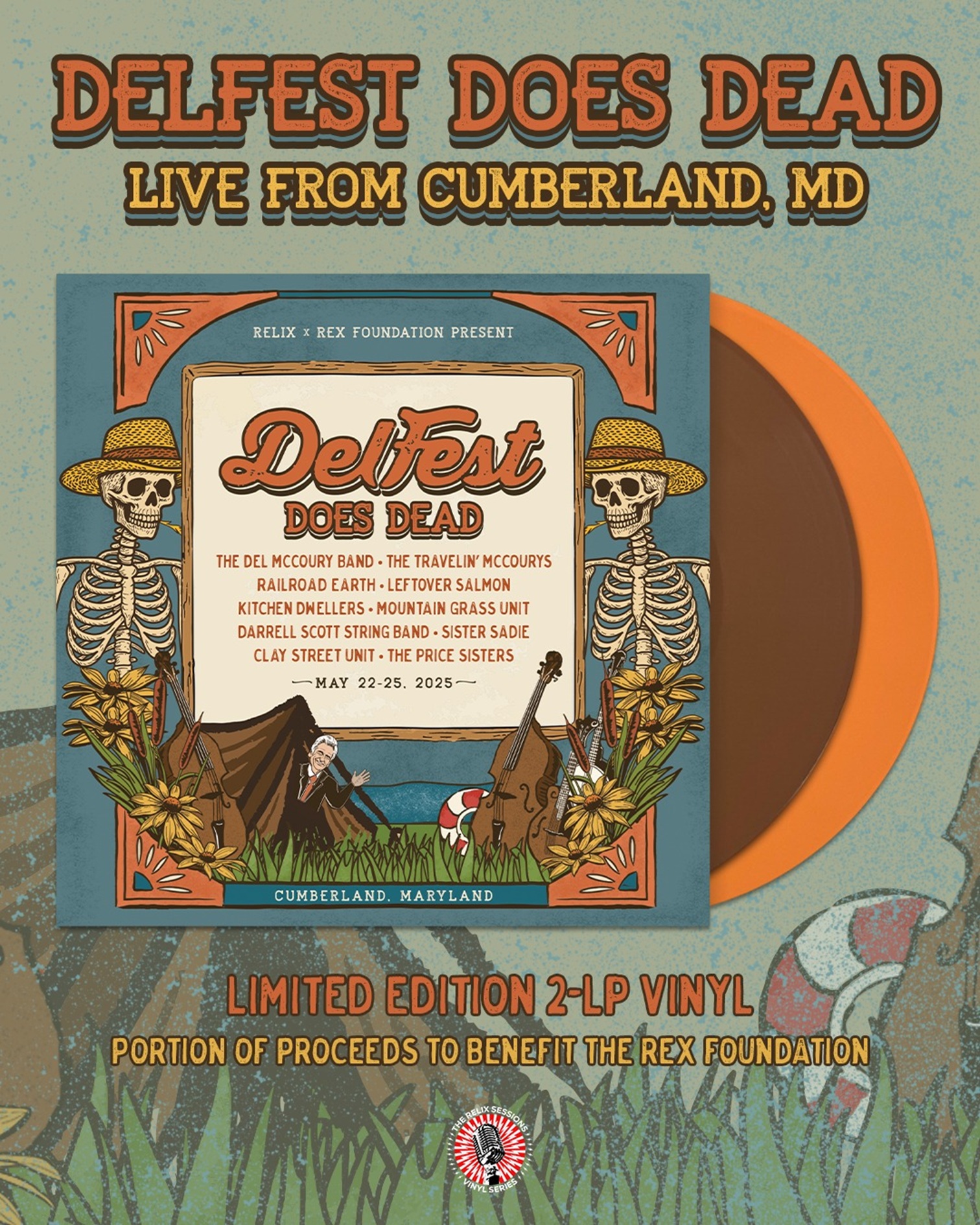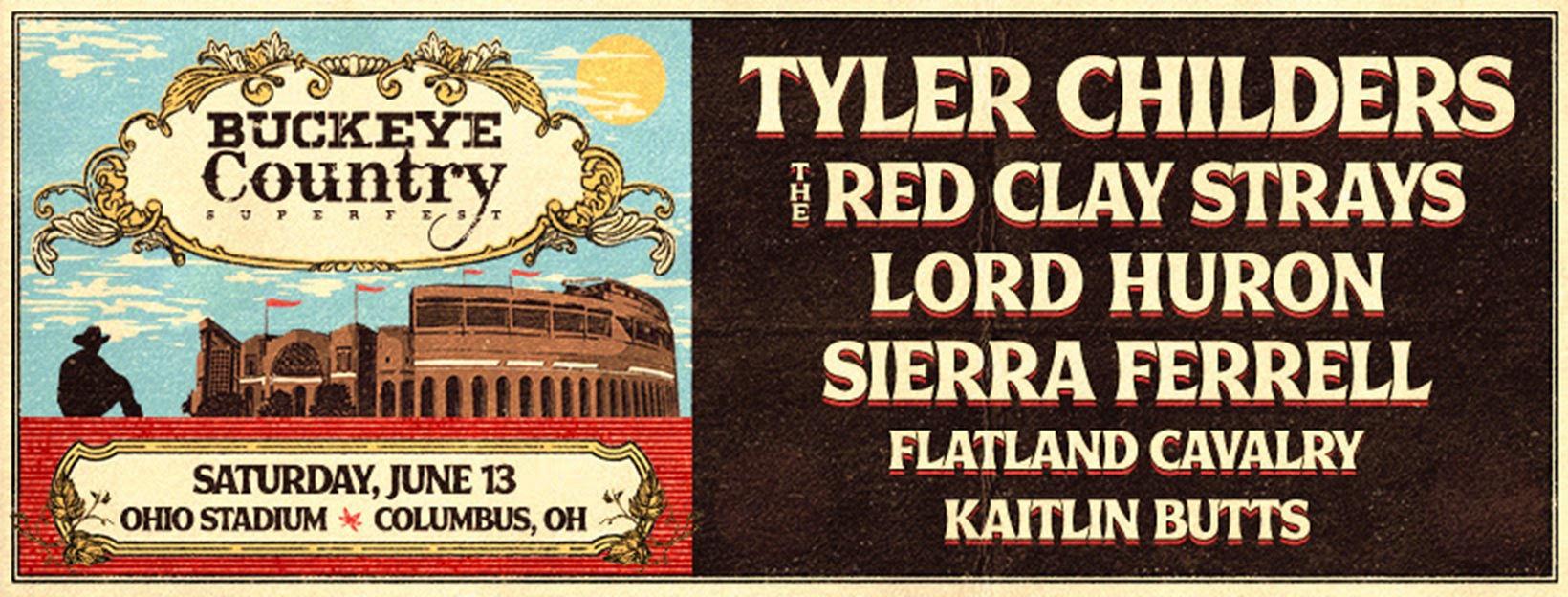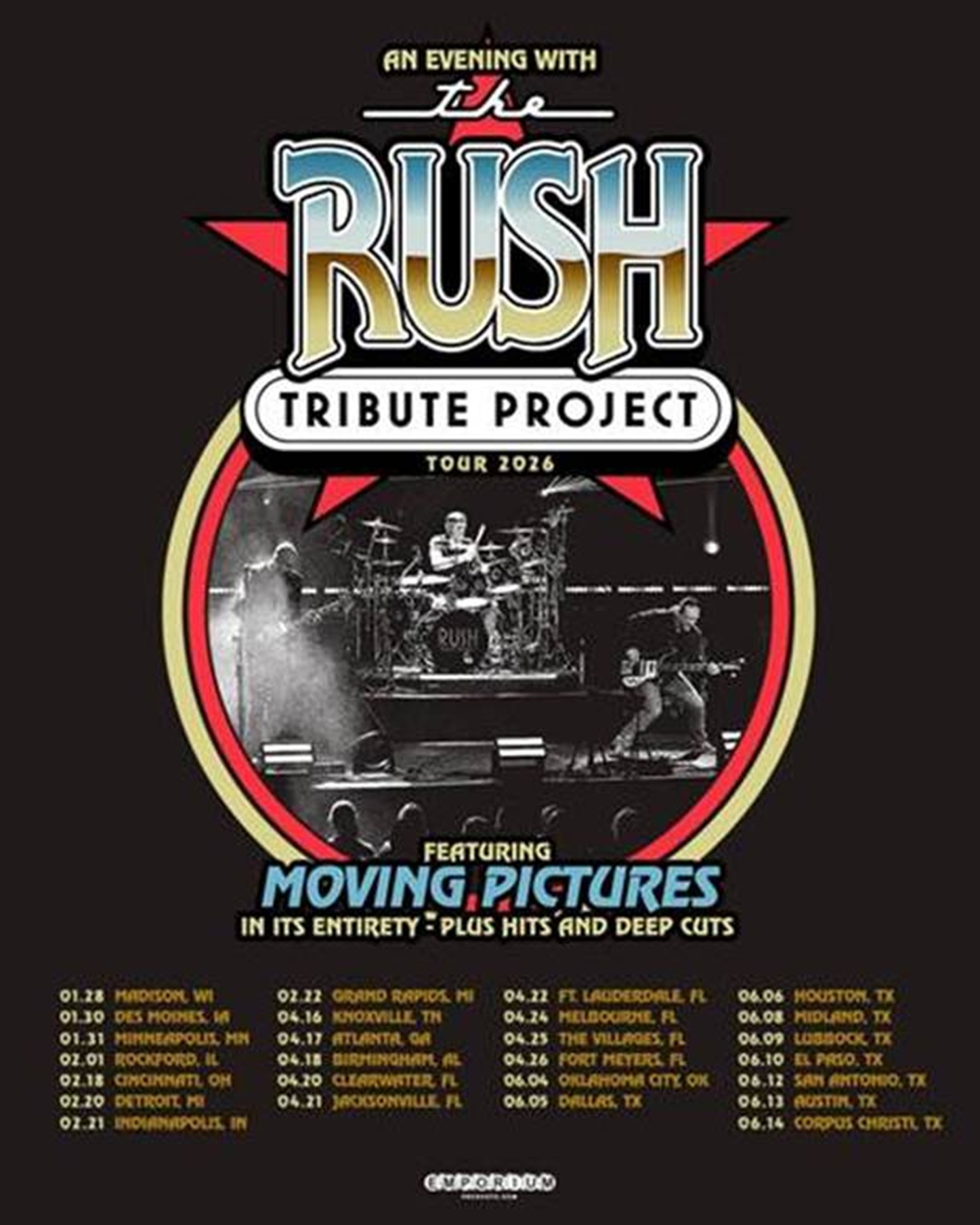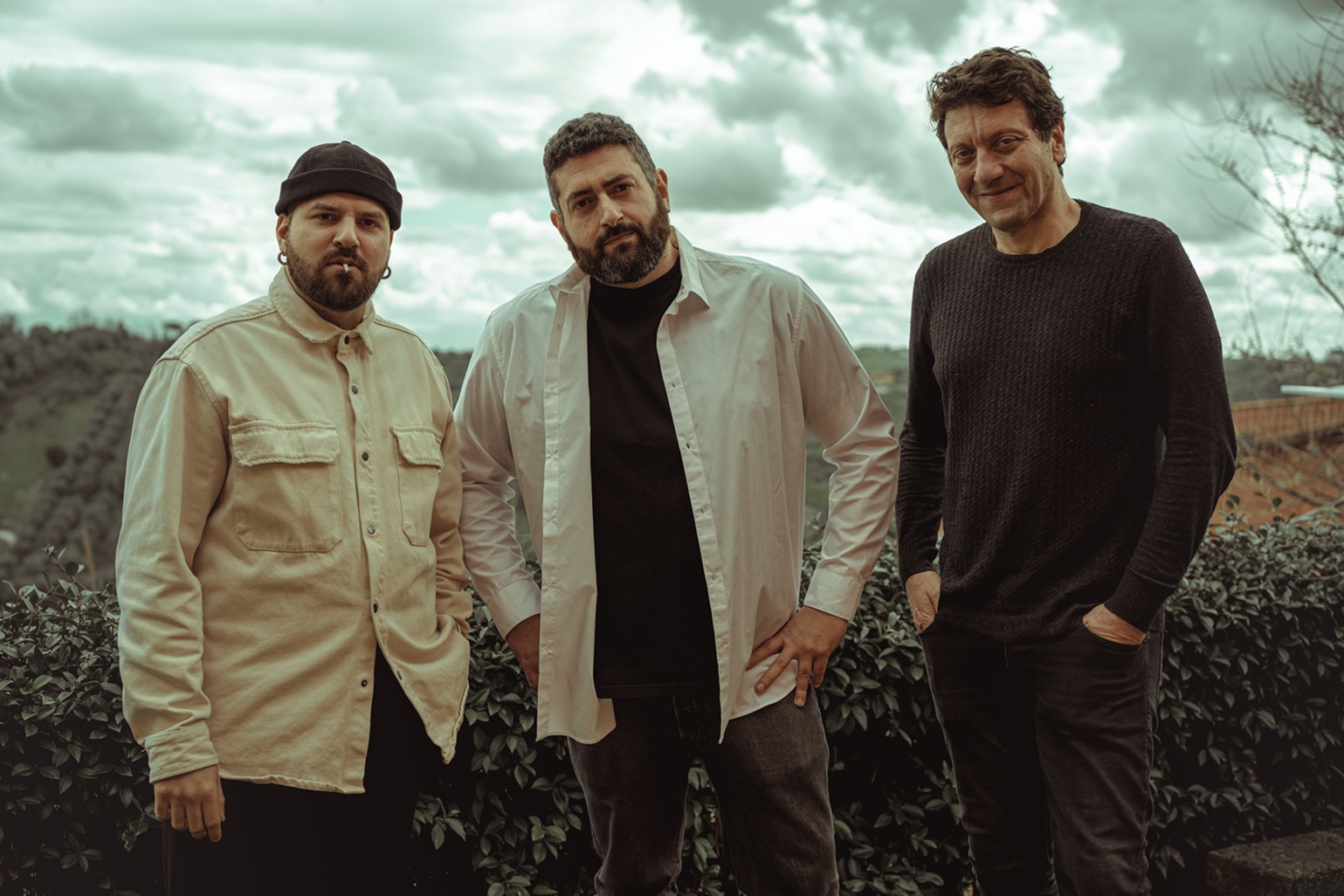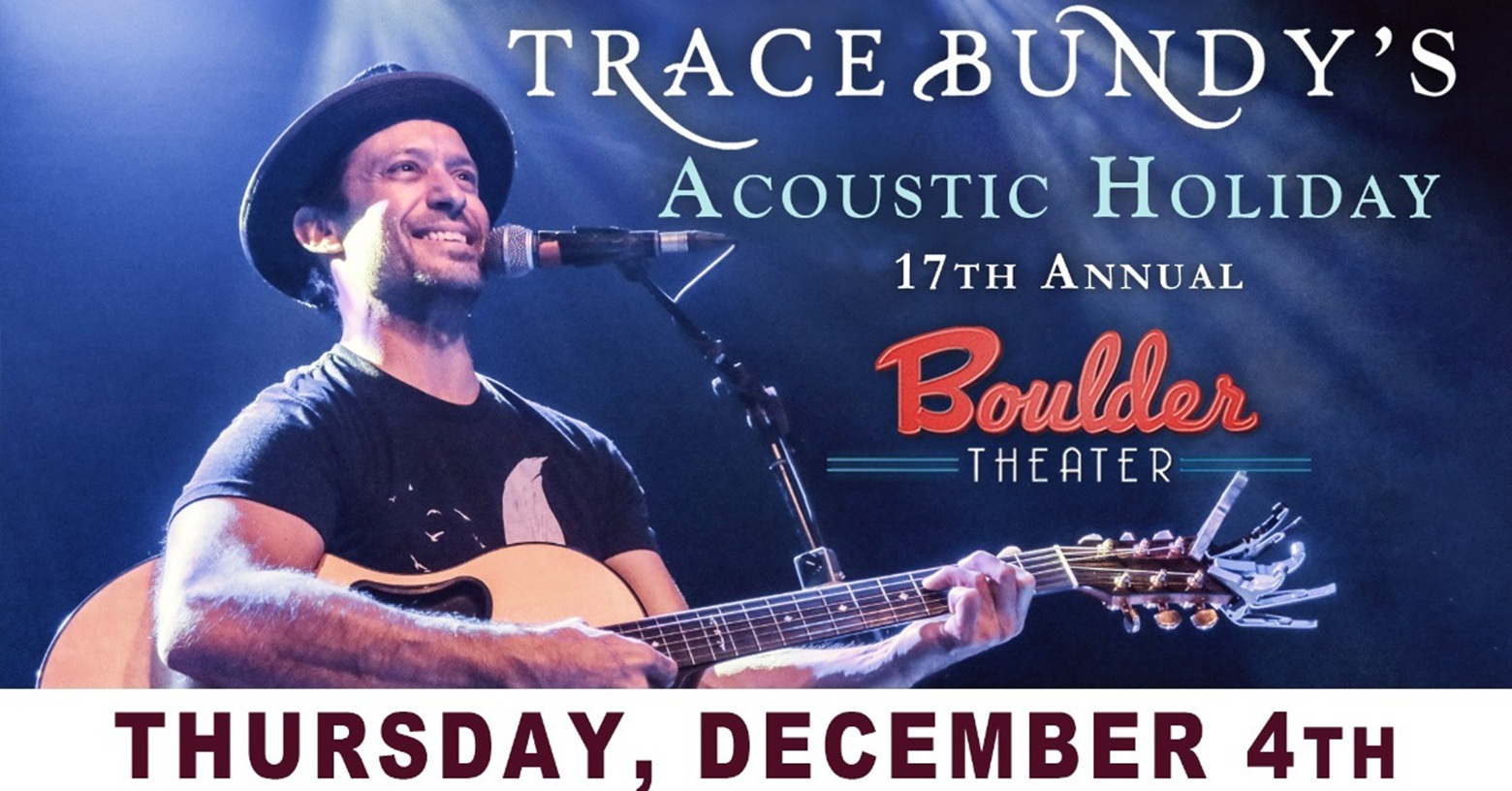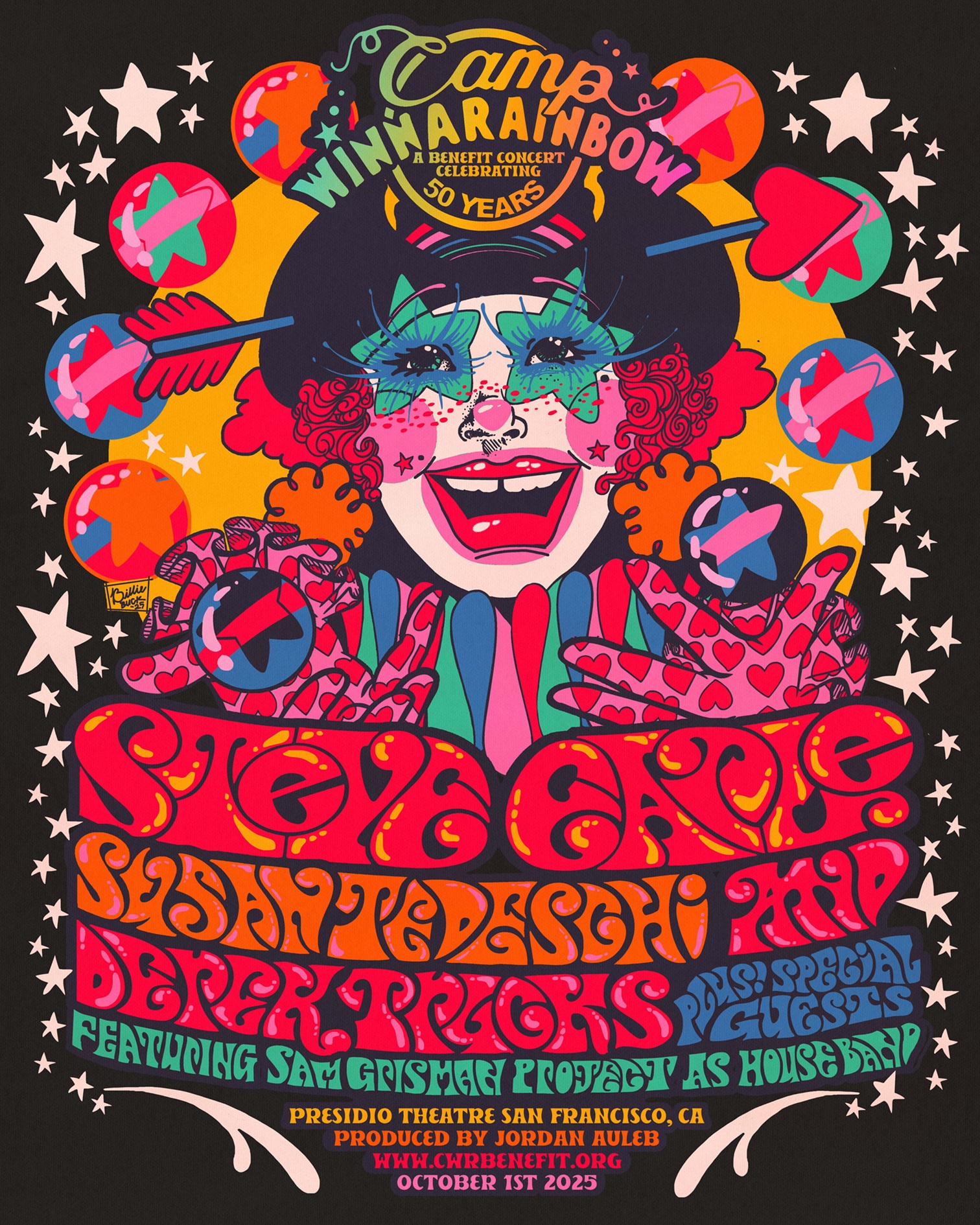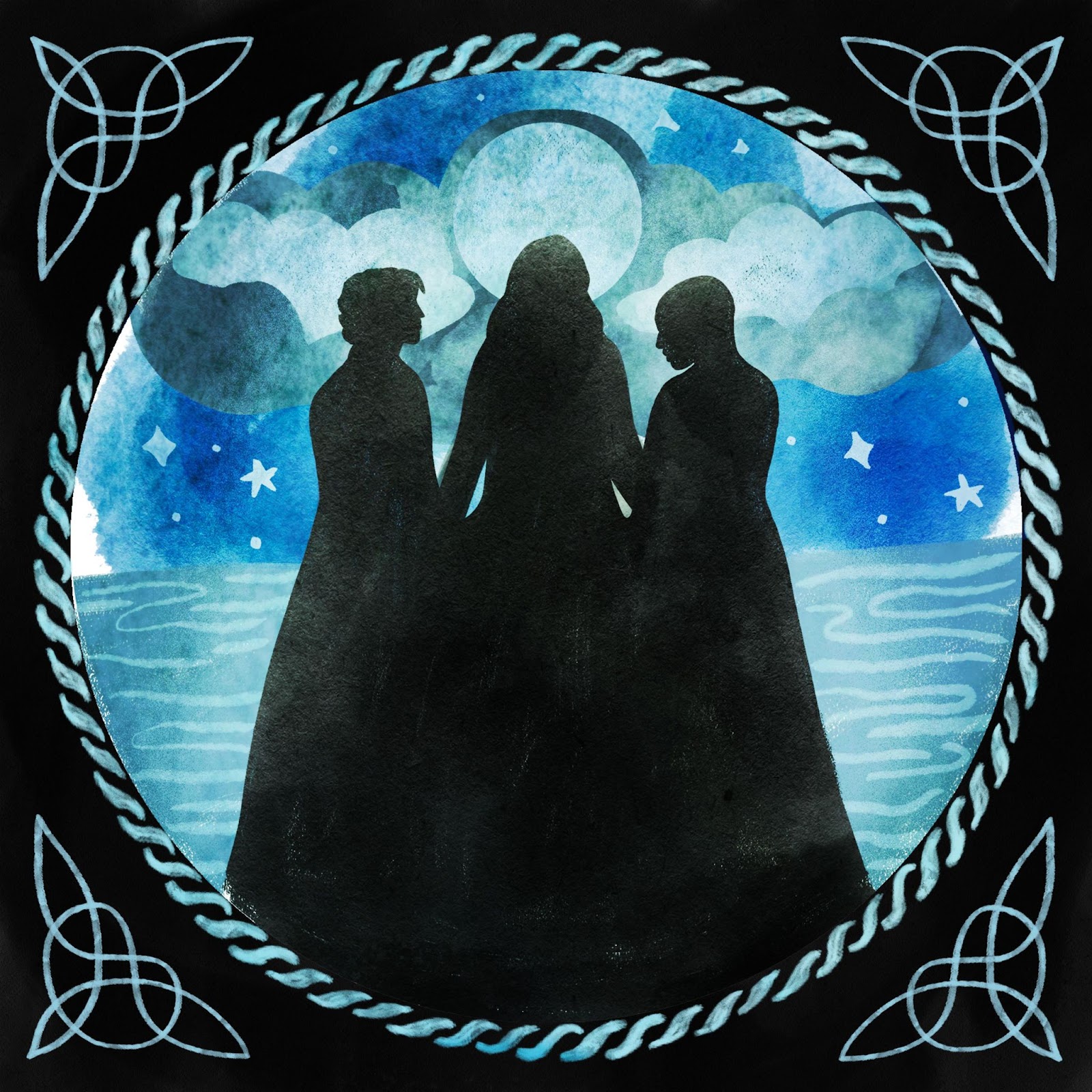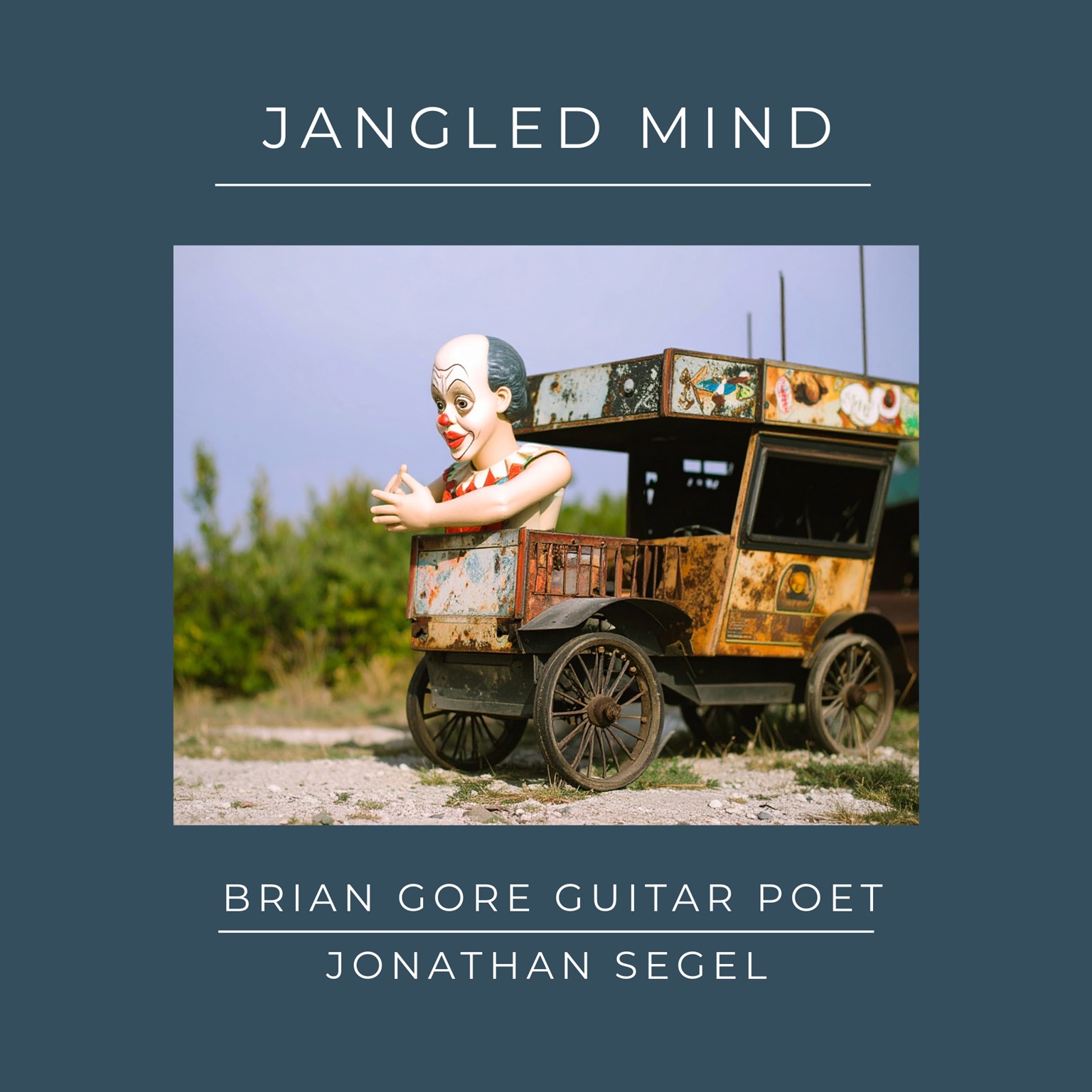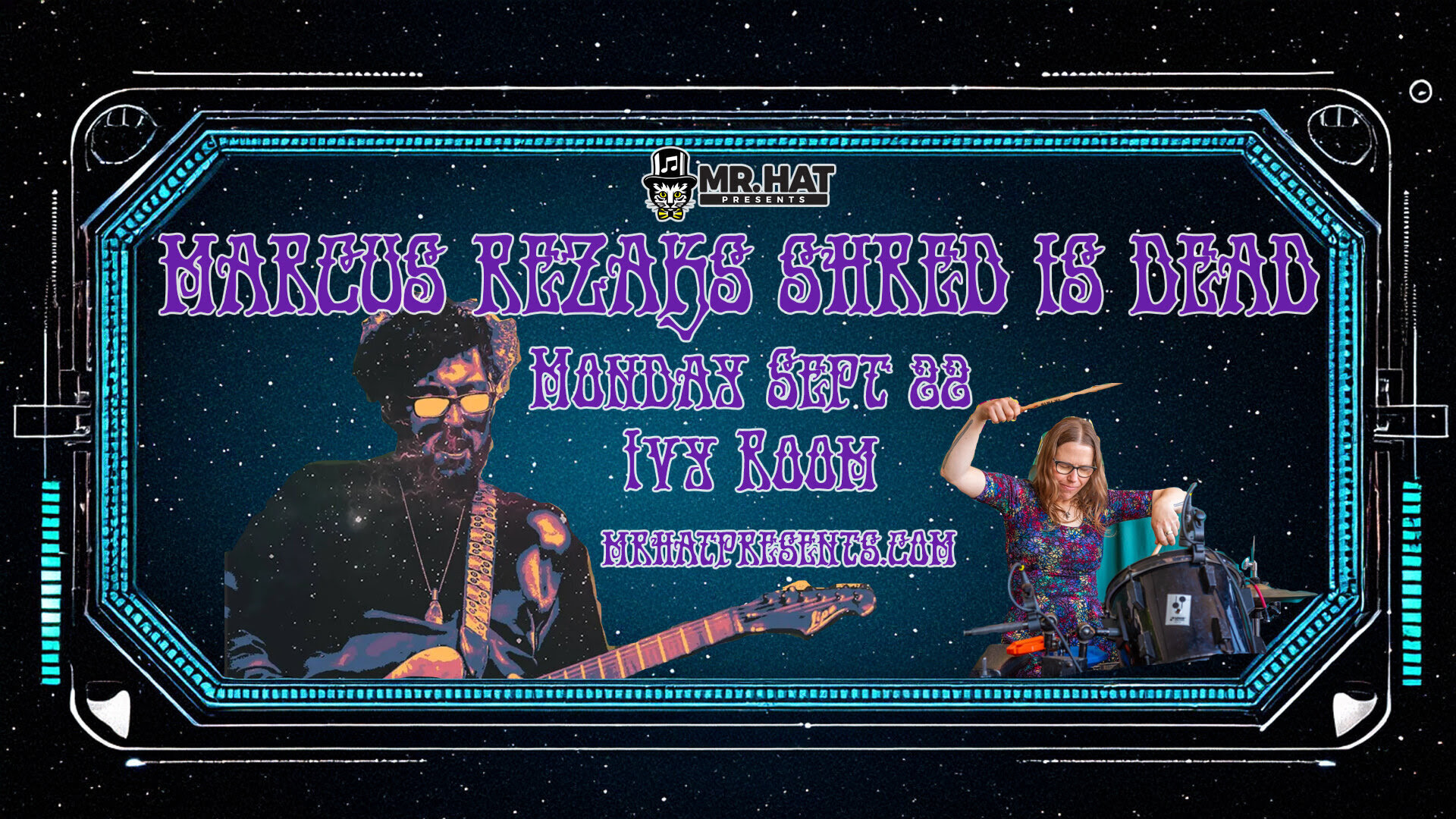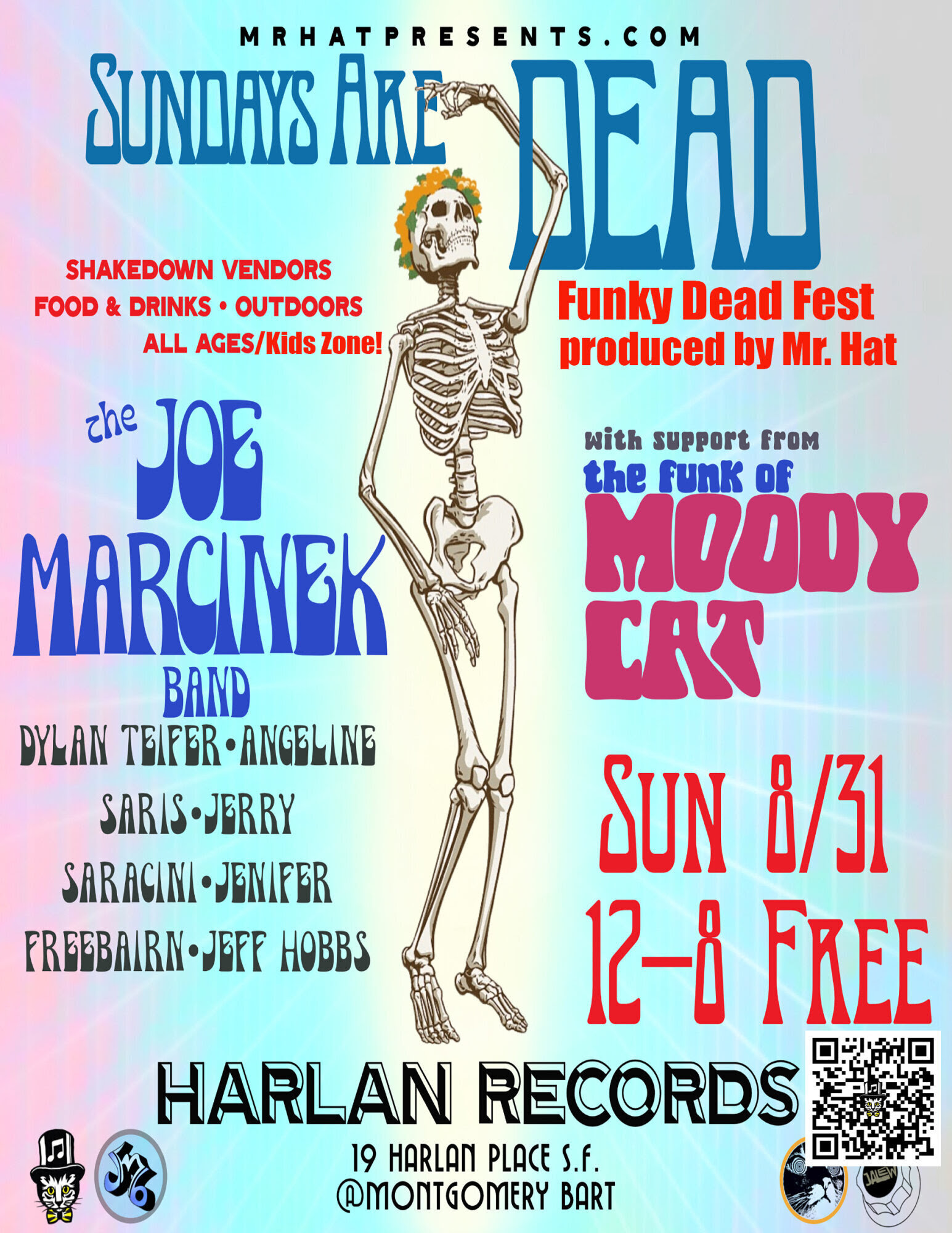Ella Feingold was a kid in the late ’90s when she slipped into the Regatta Bar and watched Charlie Hunter and Leon Parker bend time. She left with her brain rewired, certain of one thing: that kind of feel was rare air. What she couldn’t have imagined then is the full‑circle moment that fuels Different Strokes for Different Folks—a raw, two‑guitar dialogue where Feingold and Hunter meet as peers, friends, and fearless explorers of groove. Hunter, never one to hand out empty compliments, now calls her “one of the baddest, greasiest guitar players on the planet.” You can hear exactly why within the first few bars.
This is a record about conversation—tone as voice, rhythm as punctuation, silence as subtext. Across four days, the pair carved out a language that’s equal parts economy and abundance: economical in its parts, abundant in feel. They leave space, and that space swings. The result is music that’s complex but never fussy, rooted in jazz, soul, and ambient colors while remaining ruthlessly focused on pocket, texture, and touch. It’s minimalist funk with a big heart.
Feingold and Hunter set themselves a deceptively simple brief: let time and texture lead. The tunes breathe. Motifs appear, mutate, vanish. Lines interlock, then slip loose. You can practically see the ideas being passed back and forth—one will lay down a greasy figure, the other will answer with a shadow, a smear, a counter‑pulse. It’s the kind of trust you only get when egos are checked at the door and the song—whatever “song” means in that moment—is allowed to guide the hands.
Listeners are already reacting in kind. Bill Frisell didn’t hedge: “It’s SO good. I love it so much. I knew I would.” Raphael Saadiq heard it and just blurted the truth: “This is nuts, yikes! so funky 💯.” Johnny Marr dialed in on the feel: “It’s totally great that the sound is so naked and ‘raw’ because you both have such nice touch.” And Lenny Kravitz kept it plain: “Ella, the album is nasty. A masterclass. So refreshing.”
What makes Different Strokes for Different Folks so compelling is its refusal to overexplain. The duo trusts groove and gesture to carry the narrative. You don’t need a chart to follow it—you just need ears and maybe a steering wheel to drum on. It’s music for rolling the windows down. Music that makes your neck sore. Music to get lost in and sing over. Music that makes you want to grab your instrument and try to chase it, even if you know you won’t catch it. Above all, it’s two musicians taking their time, honoring the moment, and letting the tape roll until the truth shows up.
Full circle, yes—but also forward motion. Feingold’s journey from awestruck listener to equal conspirator is baked into every exchange here. Hunter’s legendary feel meets her fearless intuition, and together they sketch out a new corner of the groove universe—lean, lived‑in, and undeniably alive.





